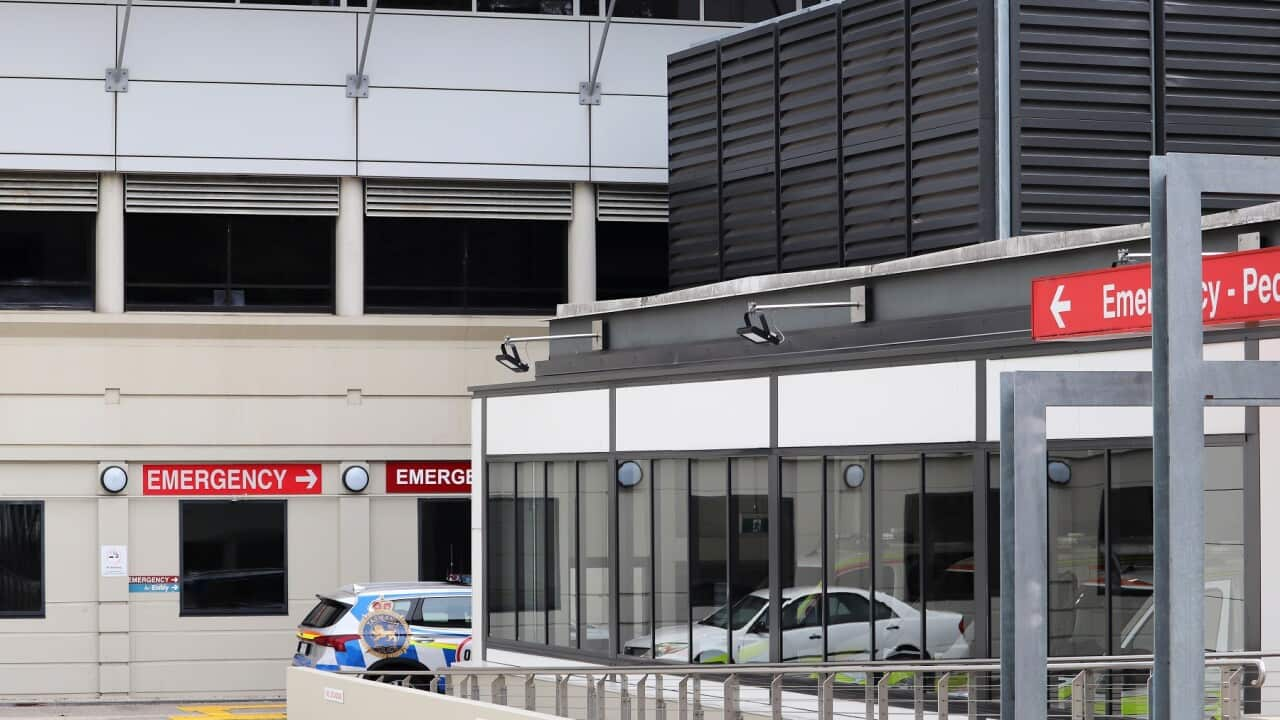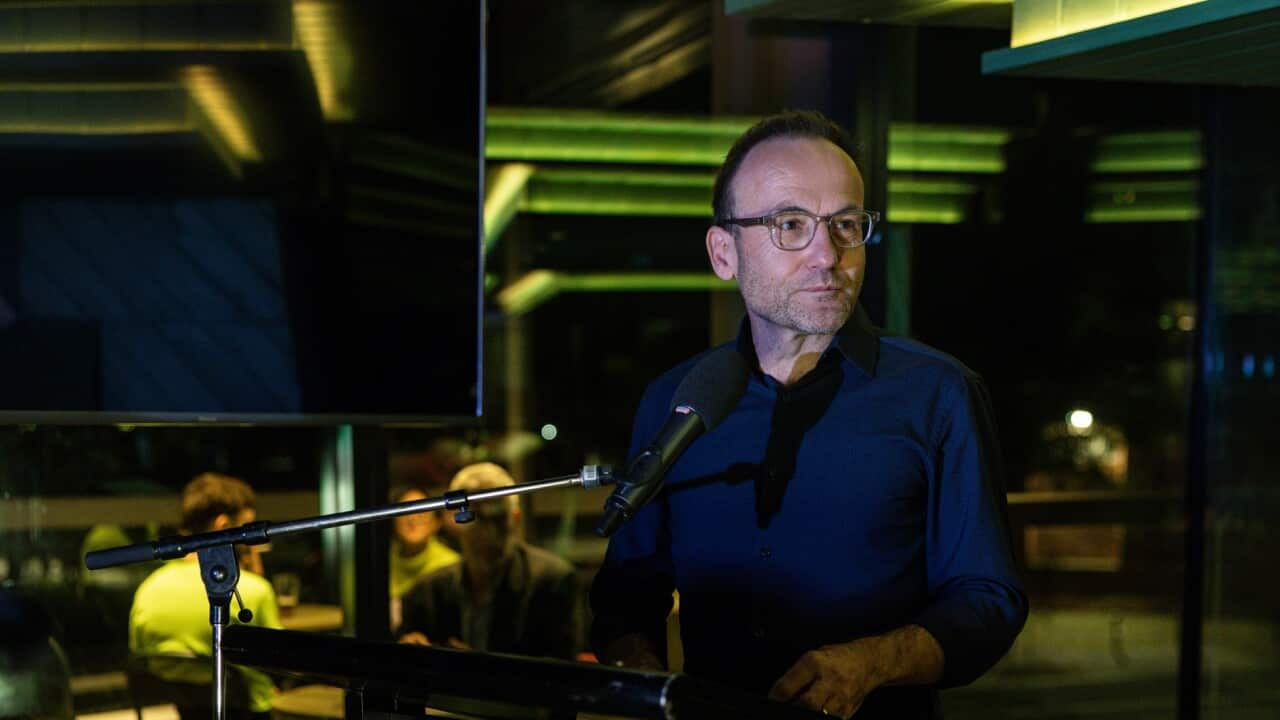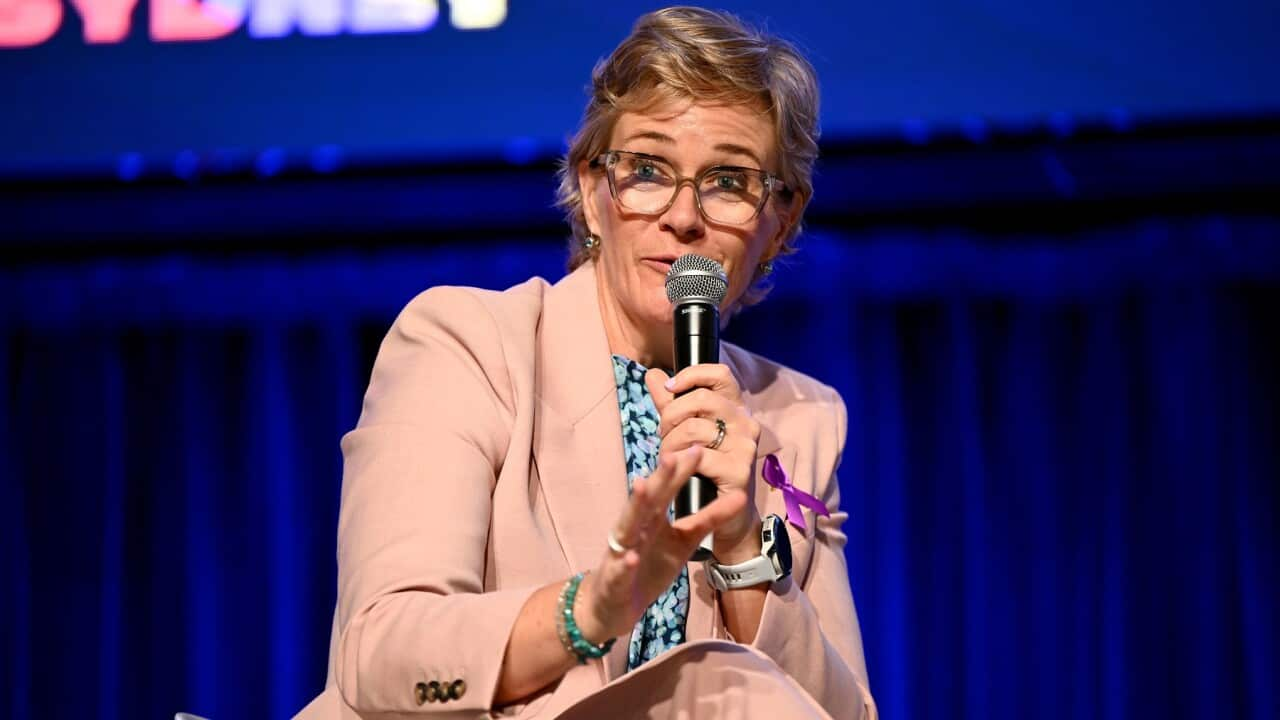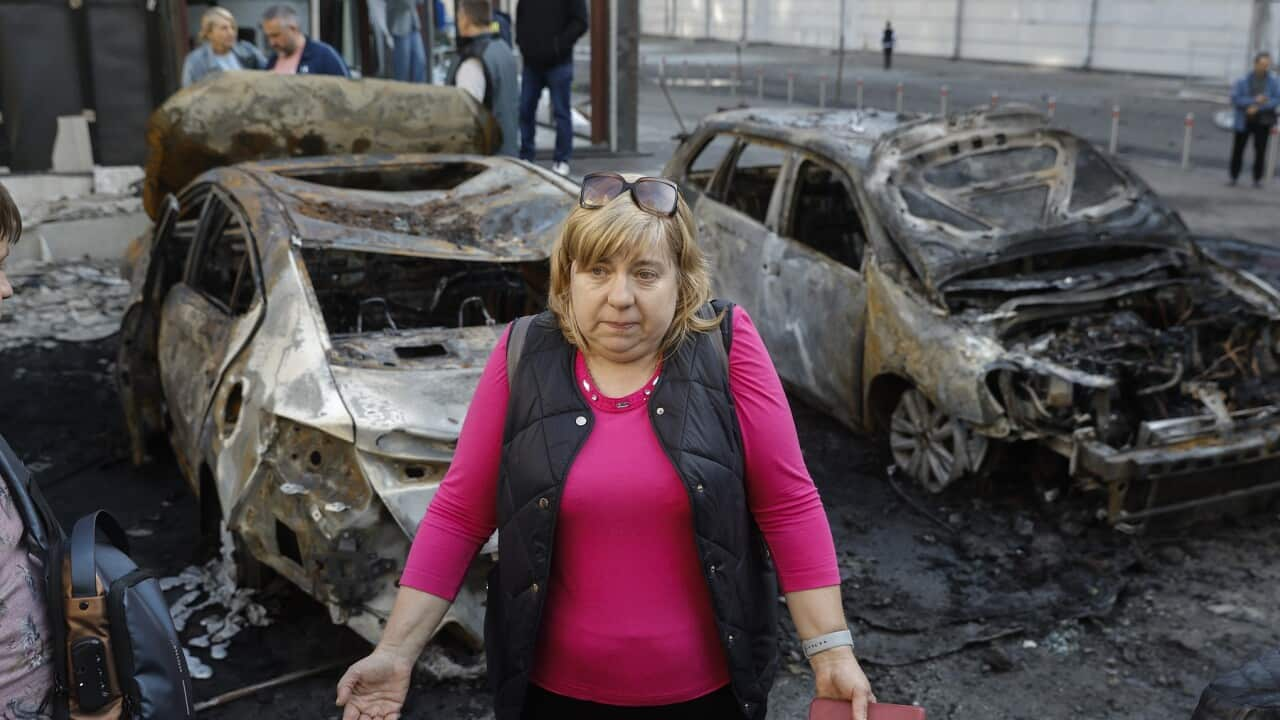TRANSCRIPT
Physician Michael Dinh knows all too well the challenges of an emergency department.
He's been fielding tending to emergency department patients at Sydney's Royal Prince Alfred Hospital for the past 25 years.
"Emergency departments, I mean they're extremely busy places as everyone knows, and we often find ourselves managing lots of patients and critically ill patients simultaneously."
Enter Artificial Intelligence, or A-I.
"So here's our list of patients... and you can see here a couple of our patients are at very high risk of deteriorating based on our AI algorithm… so these are the ones we need to keep a very close eye on. "
The emergency ward at the hospital has now uses artificial intelligence to help identify patients most at risk.
"It just draws in data from a patient's medical record and it puts it into an algorithm that we developed here at RPA. We've been able to pick up patients in the waiting room who are deteriorating, who we may have missed previously. Patient care is being decided a lot quicker than it used to be. So there are a lot of benefits for patient care."
Professor Dinh leads a team at the hospital seeking to improve emergency care through innovation.
He's currently exploring how A-I can help interpret brain scans.
"This is a CAT scan of a patient's brain...you can very quickly, based on the AI tool, spot the abnormality. It's an algorithm, it runs in the background and based off you know, million of other CT scans where these abnormalities present, it's a process of pattern recognition, it will pick out the abnormality for you almost instantaneously. "
The technology is still a few years off, he says. and it's not designed to replace radiologists, but rather assist in emergencies when quick decisions must be made.
"If we need to have an interpretation of a CAT scan, for instance, within seconds of a patient coming in, that's where I see AI coming into play in the future."
Professor Farah Magrabi is a Professor of Biomedical and Health Informatics at the Australian Institute of Health Innovation at Macquarie University.
She's currently engaged in research that seeks to investigate the clinical safety and effectiveness of AI technologies in the Australian healthcare setting.
"AI is being increasingly developed and adopted across the healthcare system in Australia. There's lots of possibilities in terms of finding better ways to improve patient care."
There have been significant advancements in A-I in recent years from interpreting x-rays and brain scans to disease detection.
The UK is set to trial a blood test that uses artificial intelligence to identify signs of a dozen cancers long before symptoms develop.
But Professor Magrabi says for now, it's note-taking software that's seen the most rapid uptake in Australia.
"These tools are specifically designed to sit in the background. They listen into a consultation and then they can prepare a summary of the consultation for the health professional to review and then accept into their notes."
Scribes is software that uses a microphone - with patient consent - to capture speech during a consultation.
This assist doctors with clinical notes, treatment summaries and referrals - paperwork that can take hours each day.
The Productivity Commission estimates around 30 per cent of Australia's healthcare tasks could be automated saving around five billion dollars a year ... easing both time and cost pressures on the system.
But the technology is not perfect.
"For example, a doctor mentions an issue with the patient's hand, feet, and mouth and the scribe summarise that it's hand, foot and mouth disease. We've heard of another example where a doctor mentioned scheduling a prostate examination and the scribe summarises that the examination has already been performed. So it's widely important that health, the professionals check the output of the AI for each summary note or each specialist letter that they use the scribe for . The system so to speak, is very aware of what is happening and they're rapidly putting in measures to ensure that AI is used safely and effectively."
Translation programs are also touted as a way to bridge linguistic barriers.
But Lisa Woodland, the Director of New South Wales Multicultural Health says there is a lot of nuance when it comes communicating health information in an accurate and culturally sensitive way.
"For some language groups, for example the European languages, the level of accuracy is much higher but for many of the new and emerging and refugee languages, the accuracy is actually quite poor. When we used human translators that are based in Australia that understand the cultural nuances of the language and the communities that we translate for, we get a much better product."
In the high-stakes field of healthcare, many agree AI can never replace humans, but there is growing recognition of the role it can play.













